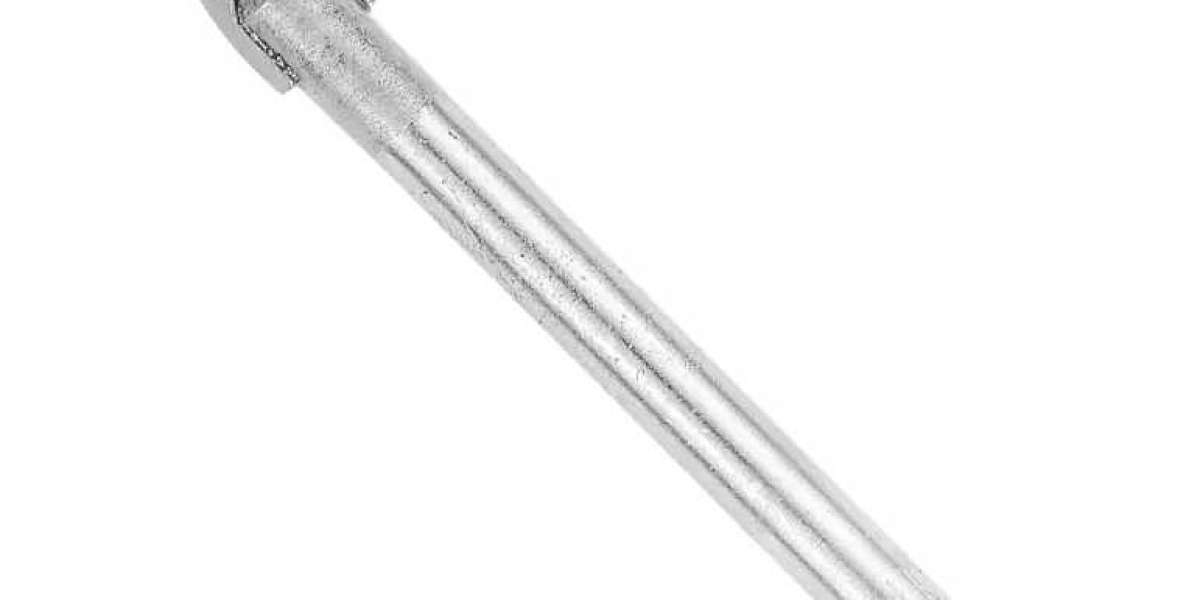When using a Glass Drill Bit, one important question often raised by professionals and DIY users alike is whether it tends to generate heat when operated at high drilling speeds. Glass is a fragile and brittle material that requires delicate handling, and improper drilling techniques can quickly lead to damage not only to the material but also to the drill bit itself. In high-speed applications, heat generation is a natural byproduct of friction between the rotating bit and the hard surface of the glass. However, this heat can be problematic for both the bit and the workpiece if not properly managed.
A Glass Drill Bit is typically made with a diamond or tungsten carbide tip, both of which are designed for cutting through hard surfaces with minimal pressure. These materials are extremely effective at grinding through glass, but they are not immune to heat buildup. As the bit spins faster, the amount of friction generated increases, particularly at the point of contact. This friction produces localized heat, which, if not dissipated, can reach levels high enough to damage the structural integrity of the glass or cause the bit to dull prematurely. Overheated glass can experience stress cracking or even sudden shattering due to rapid expansion and contraction, especially near the edges or at thinner cross-sections.
To mitigate this issue, manufacturers and experienced users strongly recommend using a Glass Drill Bit at low to moderate speeds. Unlike wood or metal, glass does not benefit from aggressive cutting speeds. Slow drilling not only minimizes heat generation but also allows the bit to maintain a consistent path without slipping or wandering, which improves the precision of the hole and reduces the risk of surface chipping. When drilling at lower speeds, the contact area remains cooler, extending the life of the bit and maintaining the clarity and strength of the glass.
Another important factor in controlling heat during drilling is the use of a cooling agent, typically water. Continuous application of water serves two purposes: it keeps the drill bit cool and flushes away glass particles and debris that can increase friction. Without cooling, the accumulation of heat can be rapid and damaging. Some setups incorporate a water ring or sponge to deliver water directly to the drilling site, ensuring that the process remains smooth and temperature-controlled throughout. This is particularly vital when performing repetitive drilling or working with thicker glass, where heat buildup becomes more pronounced.
The size and type of the Glass Drill Bit also influence how much heat is generated. Larger diameter bits contact a wider surface area, which can increase friction, especially if operated too fast. Smaller bits tend to heat up faster at the tip but are easier to cool. Choosing the right bit size for the specific application and maintaining a steady, controlled feed rate are essential practices to avoid unnecessary heat-related issues.
In conclusion, a Glass Drill Bit can indeed become hot during high-speed drilling, but this can be effectively prevented by adopting proper techniques. Slower rotational speeds, the consistent use of water as a coolant, and careful pressure application are key to minimizing heat and protecting both the glass and the tool. When handled correctly, the bit remains sharp and efficient, and the drilling process yields clean, safe, and precise results without the complications of heat-induced damage.
Glass Drill Bit Product Advantages
1. Anti-Slip Design
Enhanced Grip: This design helps to prevent slipping during use, which is crucial for maintaining accuracy and safety when working with fragile materials.
Increased Safety: By reducing the chances of the drill bit slipping, the hex shank enhances overall safety during operation, ensuring that the user can work with confidence.
2. High Compatibility
Universal Fit: This broad compatibility eliminates the need for additional adapters, making it a convenient tool for various applications.
3. Efficient Heat Dissipation
Quality Materials: This feature helps to prevent overheating, which can prolong the life of the drill bit.
Durability: Effective heat management ensures that the drill bit remains functional under high-intensity use, reducing wear and tear and maintaining performance over time.







